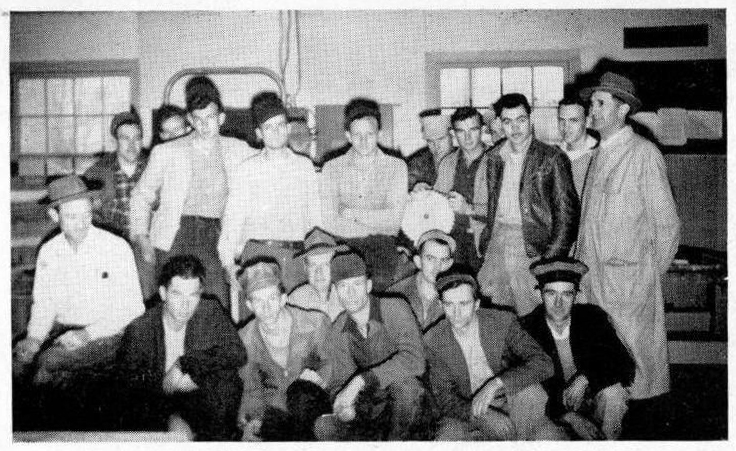
BAXTER SEMINARY
Veterans and Vocational Training
-BAXTER TENNESSEE-
|
|
|
|
Veterans
After World War I the federal government enacted laws to help the returning doughboys. But the provisions of the new laws did little or nothing to provide jobs for the veterans and thus paved the way for rampant unemployment and a sinking economy. These ineffectual provisions in the laws may have even contributed to the Great Depression.
The Federal Government did not want a replay of the history after WWI. The political parties butted heads but came up with a compromise bill that President Franklin Roosevelt signed. The Servicemenís Readjustment Act of 1944, better known as the G. I. Bill was signed into law on June 22nd, 1944. "After the close of World War II, the Seminary was asked to cooperate with the Veterans Administration in helping train returning soldiers for civilian life. Veterans were admitted regardless of whether they had had much formal schooling or not. The trade school, in addition to making household furniture, broadened its opportunities to include auto mechanics, painting, electrical studies, house building, concrete work, etc. It offered seven different courses and was known as one of the best schools where a young man could learn a trade. Today many who received their training at Baxter are making their living through the skills developed there. These students came from about one-third of the counties of Tennessee. "During the years of the trade school Baxter held a commencement service especially for the veterans. Usually the speaker was the Governor of the State of Tennessee. There would be 75 to 80 veterans graduating and an audience of 400 to 500. "This commencement occasion was in addition to the regular high school commencement which was observed in May when such well known speakers as the Governor of the state, the president of the University of Tennessee, or a Bishop of The Methodist Church gave the address." - A Light on the Cumberland Plateau by Ruth Robinson Matthews.
 Included in the class - Henry Goodman, Wesley Goolsby, Elmer Maynard, Howard Alexander, Loyd Fitzpatrick, Clyde Davis, Casmir Nunberg, Weldon Harville, Paul Alexander, Estel Dunn, James Durham, Hollis Emery, Delbert Murphy, Calbert Sutton, Haskil Reels, Ben Steakley, Walter Sutton, Joe Bradley, Abe Martin, Roy Bohannon, James Minnear
Photo: 1949 Baxter Seminary Highlander - Baxter Seminary Yearbooks 1934-1960 by Mike and Audrey Lambert www.ajlambert.com |
|
|